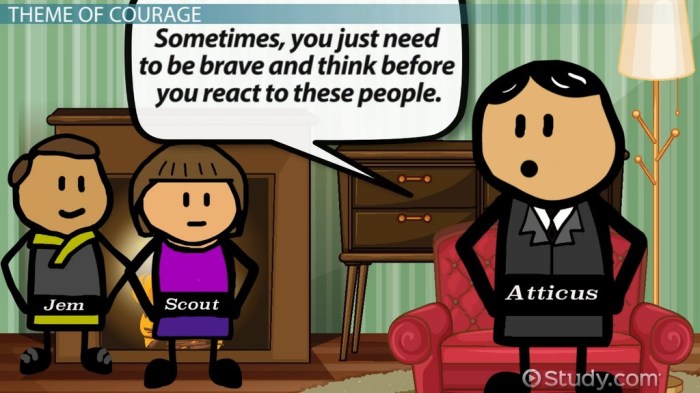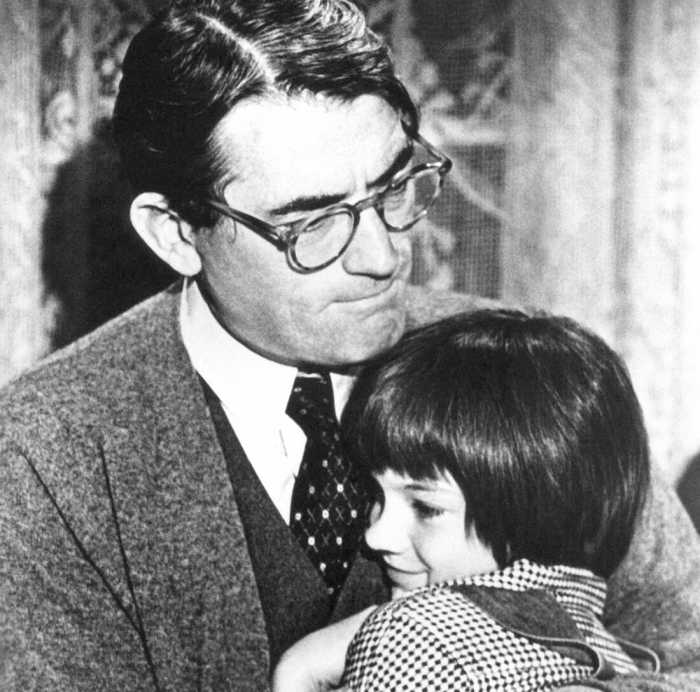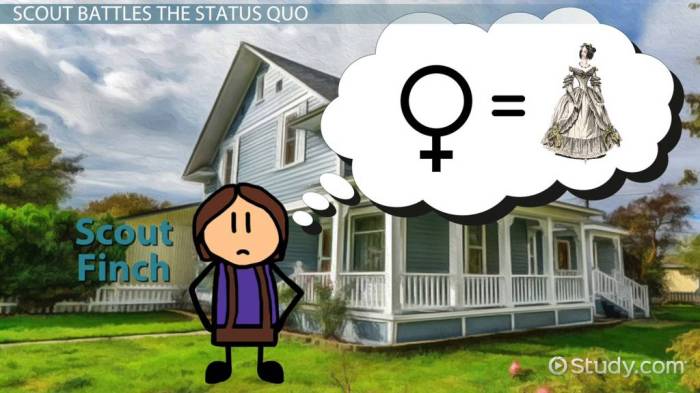Gender roles in to kill a mockingbird – In Harper Lee’s classic novel “To Kill a Mockingbird,” gender roles play a significant role in shaping the characters’ actions, interactions, and experiences. This essay examines the traditional gender roles assigned to male and female characters, the challenges to these norms, and the intersection of gender with social class and race.
The novel presents a nuanced exploration of how gender expectations influence individual behavior and societal dynamics, providing valuable insights into the complexities of gender roles in the American South during the 1930s.
Gender Roles in the Novel: Gender Roles In To Kill A Mockingbird

In “To Kill a Mockingbird,” traditional gender roles are rigidly assigned to male and female characters, shaping their actions and interactions within the community.
Male characters, such as Atticus Finch, embody the traditional masculine ideal: strong, stoic, and authoritative. They are expected to be the breadwinners and protectors of their families, maintaining order and justice in society.
Female characters, such as Scout Finch, are expected to conform to the feminine ideal: gentle, nurturing, and submissive. They are primarily responsible for domestic duties and raising children, and are expected to defer to the authority of men.
The Challenge to Gender Norms
Despite these societal expectations, several characters challenge gender norms in the novel.
Scout Finch, the protagonist, defies the traditional feminine role by being tomboyish, adventurous, and outspoken. She refuses to conform to the expectations of a “proper” young lady, and instead embraces her own unique identity.
Atticus Finch also challenges gender norms by being a single father who actively raises his children. He demonstrates that men can be both nurturing and authoritative, and that traditional gender roles are not always necessary for a fulfilling life.
Gender and Social Class, Gender roles in to kill a mockingbird
In “To Kill a Mockingbird,” gender roles are closely intertwined with social class.
Upper-class characters, such as the Finches, are expected to adhere to traditional gender roles more strictly than lower-class characters. For example, Scout’s tomboyish behavior is seen as acceptable because she comes from a wealthy family.
Lower-class characters, such as the Cunninghams, have more flexibility in their gender roles. Mayella Ewell, for example, is allowed to work outside the home because her family is poor.
Gender and Race
Gender and race intersect in complex ways in “To Kill a Mockingbird.”
Black characters, such as Tom Robinson, are subjected to even more restrictive gender roles than white characters. They are expected to be subservient to white men and women, and any deviation from this norm is met with severe punishment.
White women, such as Mayella Ewell, use their gender privilege to their advantage. They can accuse black men of crimes without fear of retaliation, as their word is automatically believed over that of a black man.
Frequently Asked Questions
What are the traditional gender roles assigned to male and female characters in “To Kill a Mockingbird”?
Male characters are expected to be strong, courageous, and protective, while female characters are expected to be gentle, nurturing, and submissive.
How do characters challenge gender norms in the novel?
Scout Finch, the protagonist, defies traditional gender roles by exhibiting tomboyish behavior and questioning societal expectations.
What is the significance of the intersection of gender and social class in the novel?
Gender roles are influenced by social class, with wealthy families adhering more strictly to traditional expectations.
How does gender intersect with race in “To Kill a Mockingbird”?
Gender roles are shaped by racial dynamics, with black women facing additional barriers and discrimination.


